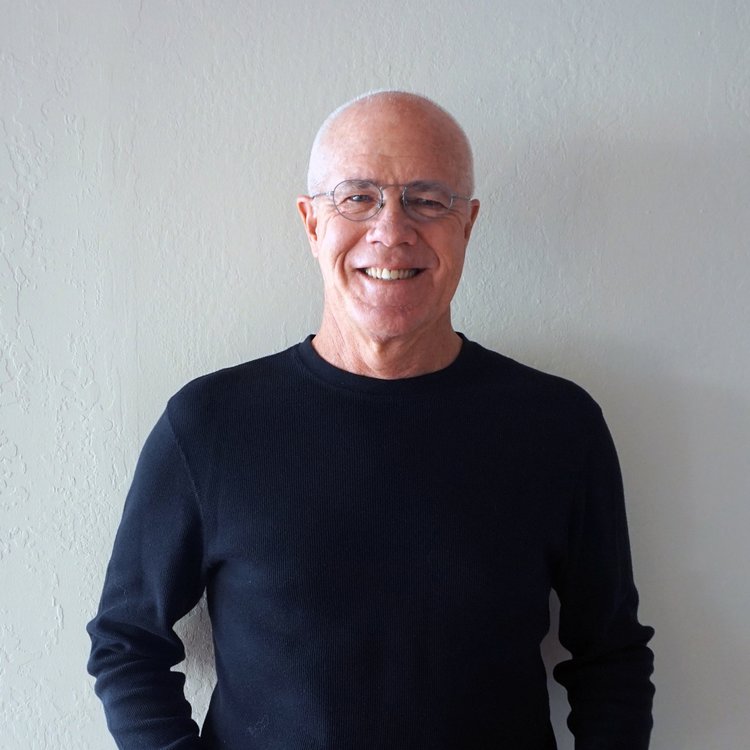First Hit: I enjoyed the journey of learning more about this focused and driven dancer.
Rudolf Nureyev is a legend in men’s ballet. I saw him once eating at Star’s restaurant after I’d seen Mikhail Baryshnikov dance with the American Ballet Theater (ABT) at the SF War Memorial Opera House. Nureyev was dining with Mikhail at Star’s center table, and they appeared to be in an in-depth discussion about dance, with arms moving exquisitely through the air while they talked.
I was seeing two of the best Russian dancers ever, together. It was a magical moment for me.
I love ballet. I love seeing the magical movements of men and women tell stories of adventure, love, loss, tragedy, hope, and beauty.
These were the thoughts I had walking into seeing this film. Because Rudolf (Oleg Ivenko) was before my time of learning to love the ballet, I only had heard of the legend. Supposedly he was demanding, unyielding, and focused on his craft.
This story is presented through flashbacks of him as a young boy, youngest of four, and the only boy. As a Tatar Muslim minority and poor, the opening scene of him being born on a train is something he refers to a couple of times in this film’s story. His father was a soldier in the Soviet Army and rarely home. But in one sequence where Rudolf and his father take a hike together, the impression left by the director and this story is that it was an important and decisive event in Rudolf’s life. I was horrified by his father’s actions.
I loved the dance sequences and the scenes of him relentlessly practicing because we see how he drove himself to be the best.
The faith that Rudolf’s teacher Alexander Pushkin (Ralph Fiennes) had in him was sublime. Pushkin’s passive demeanor was laced with subtle, focused clarity of intention.
Nureyev was an artist through and through. He loved architecture and art. The movie shows this by following Rudolf into museums to dissect paintings, sculptures, and statues. The way he gazed at buildings and the landscapes of cities clearly shows his inner muse drinking in the beauty of form.
Meeting Clara Saint (Adele Exarchopoulos) helped to change his life. During a trip of the Kirov (now Mariinsky) Ballet to Paris to perform in 1961, Nureyev mingled with Parisians which worried the KGB. They monitored all his actions throughout the engagement and followed him wherever he went. One of the people he met, during an outing was Saint who took him to gay bars and had him meet numerous interesting creative people.
Nureyev’s reputation towards being harsh towards people is shown several times during the film, none more powerfully than during a dinner with Saint.
The culmination of this story, of course, would be his ultimate defection from the Soviet Union to the west at the Paris airport in June of 1961. The way this unfolds in the film was done very well and was a highlight of the story.
Although the story meandered, highlights of him as a young boy, were captivating and grounded the film and provided the gist for his driven behavior.
Two sections worth pointing out were; the scene where we see him dance as a young boy – it is incredibly sweet. And in the end, artistic black and white footage presenting the real Nureyev dancing.
Ivenko was excellent as this famous dancer. His looks, movement, and driven arrogance reflected the stories about Nureyev. Fiennes was sublime as Pushkin the renowned teacher. The scene where Nureyev asks him why he’s not getting compliments, Pushkin’s response was perfect. The follow-up of offering food showed that actions speak louder than words. Exarchopoulos was fantastic as Rudolf’s friend Saint. Her toleration and forgiveness of Nureyev’s behavior were challenging, yet filled with understanding. David Hare and Julie Kavanagh wrote an exciting screenplay and covered the buildup to Rudolf’s defection in an effective way. Fiennes directed this film with love for the subject. This came across multiple times.
Overall: It is not a great film, but for anyone who wants to know more or is curious about one of the most excellent dancers of the 20th Century, go see this.
